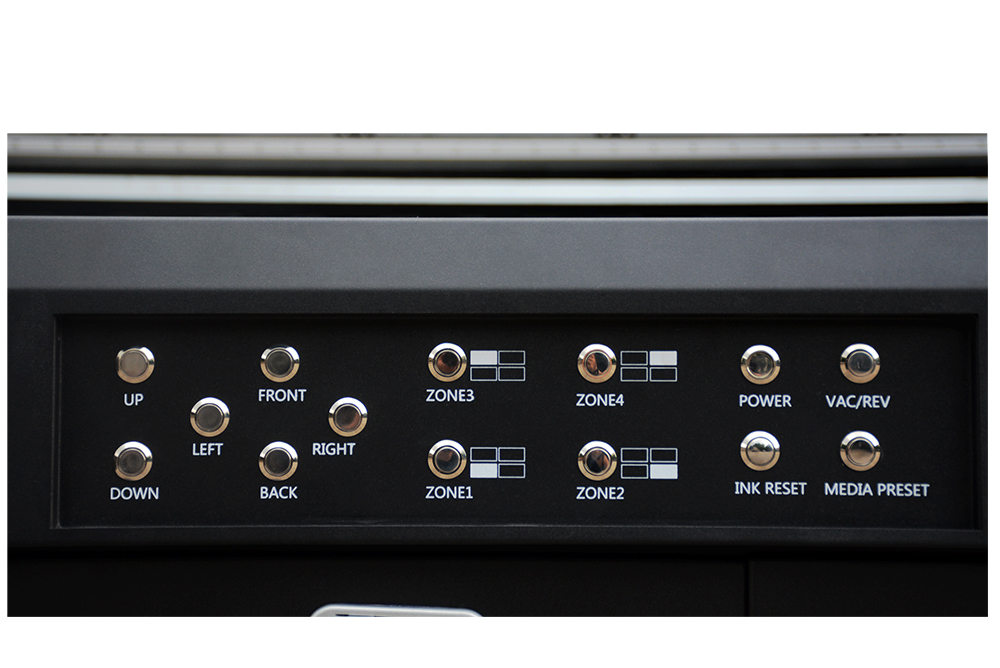UV Flatbed Printer: Understanding the Printing Workflow
UV Flatbed Printer: Understanding the Printing Workflow
In the modern printing industry, UV flatbed printers have emerged as a versatile and efficient tool for various printing needs. These printers utilize ultraviolet (UV) curing technology, which allows for faster printing speeds, higher quality outputs, and greater durability of the printed materials. Understanding the printing workflow of a UV flatbed printer is crucial for maximizing its potential and ensuring optimal results.

The Printing Workflow
1. Pre-Printing Preparation
Before starting the actual printing process, it is essential to prepare the materials and design files. The first step involves selecting the right material for printing. UV flatbed printers can print on various substrates, including glass, metal, plastic, wood, and even some fabrics. Choosing the appropriate material for your project is crucial as it affects the final outcome significantly.
Next, you need to prepare the design files. UV flatbed printers typically accept vector-based designs in formats like EPS, AI, PDF, or raster-based images like JPEG or TIFF. It’s important to ensure that the design files are of high resolution and suitable for the printing size required.
2. Setting up the Printer
Once the materials and design files are ready, the next step is to set up the UV flatbed printer. This involves loading the material onto the printer bed, ensuring it is properly aligned and secured. Additionally, you need to adjust the printer settings according to the specific material being used. This includes settings like print resolution, ink type, and curing options.
The UV curing process is a key aspect of UV flatbed printing. UV inks are specially formulated to react with UV light, causing them to harden or “cure” instantly upon exposure. This curing process ensures that the inks bond permanently to the substrate, resulting in a durable and long-lasting print.
3. Printing Process
With the printer set up and materials in place, the actual printing process can begin. The UV flatbed printer works by depositing UV-curable inks directly onto the substrate. These inks are specially formulated to adhere to a wide range of materials and provide vibrant colors and excellent durability.
During the printing process, the inks are jetted onto the material in a precise manner, creating the desired image or design. Immediately after the inks are applied, they are exposed to UV light, which triggers the curing process. This curing happens almost instantaneously, allowing for faster printing speeds and immediate handling of the printed materials.
4. Post-Printing Finishing
Once the printing process is complete, there may be some additional finishing steps required, depending on the specific project. For example, if the printed material is a sign or banner, it may need to be trimmed to size or grommets may need to be added for hanging.
UV flatbed printers often have additional features that allow for further customization, such as cutting, embossing, or laminating options. These additional steps can enhance the durability, functionality, or aesthetic appeal of the printed materials.
5. Quality Control
After the printing and finishing processes are complete, it is essential to perform quality control checks. This involves inspecting the printed materials for any defects, color inaccuracies, or other issues that may have occurred during the printing process. UV flatbed printers typically produce high-quality outputs, but regular quality checks ensure consistency and customer satisfaction.
6. Delivery and Installation
The final step in the workflow is the delivery and installation of the printed materials. Depending on the project, this may involve hanging banners, installing signage, or packaging and shipping the products to the customer. UV flatbed printers often produce materials that are weather-resistant and durable, making them suitable for outdoor use without additional protection.
Conclusion
Understanding the printing workflow of a UV flatbed printer is essential for achieving optimal results. From pre-printing preparation to delivery and installation, each step in the process is crucial for ensuring the quality and durability of the final product. UV flatbed printers offer versatility, efficiency, and high-quality outputs, making them a valuable tool in the modern printing industry. By following the steps outlined in this article, you can maximize the potential of your UV flatbed printer and deliver exceptional results to your customers.
